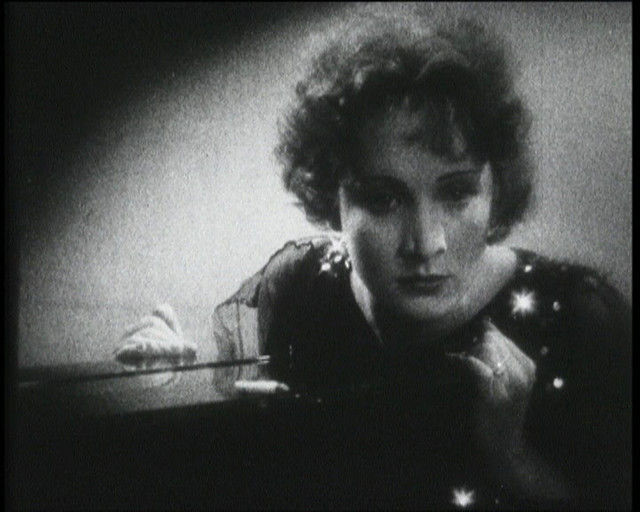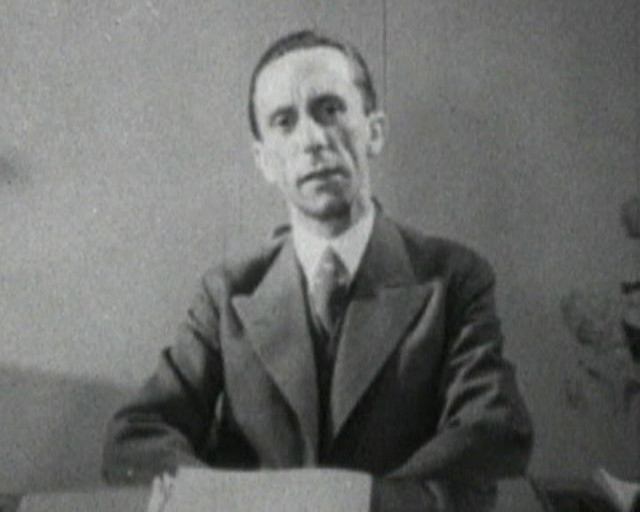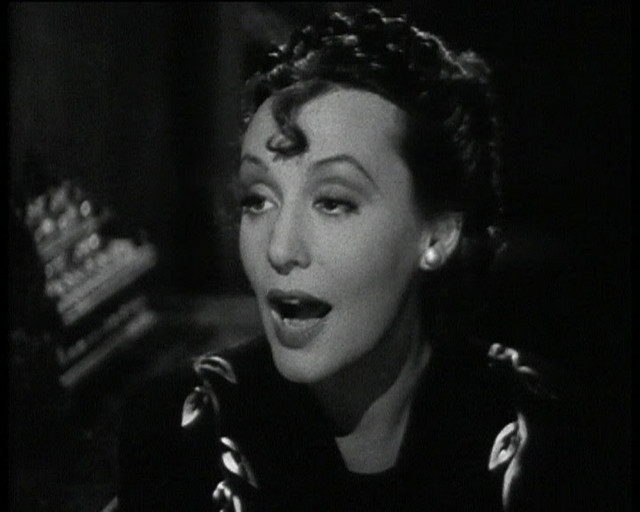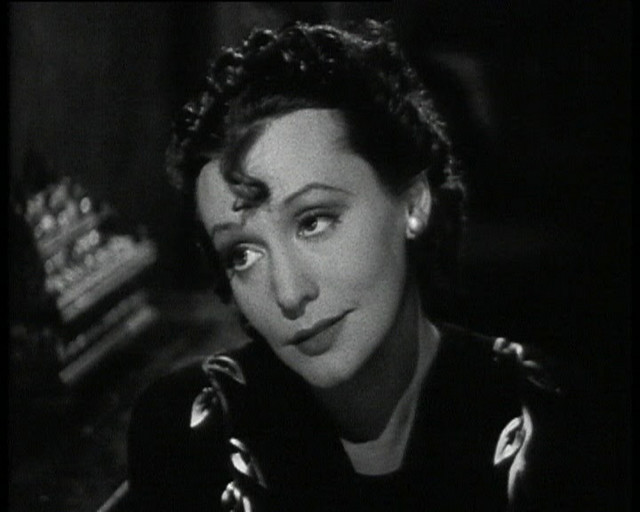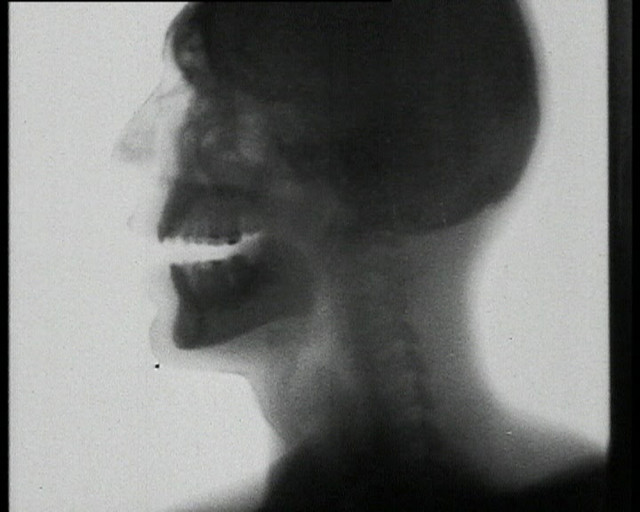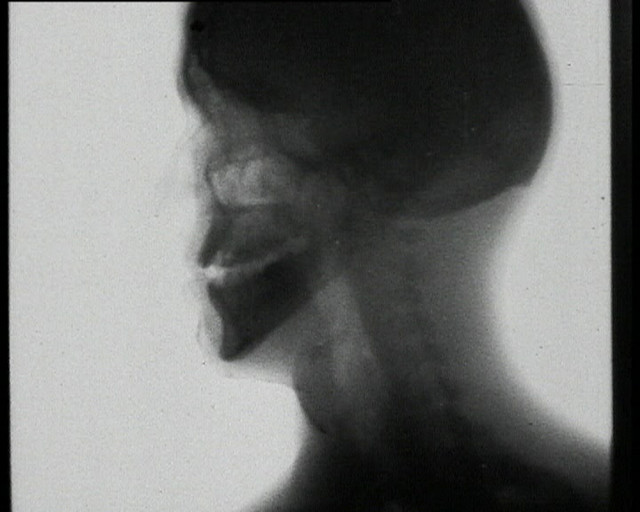FILM IST. Stimme und Gesang (FILM IST. Voice and Singing)
4-channel DVD installation in the context of Phonorama, a cultural history of the voice as a medium ZKM - Zentrum für Kunst und Medientechnologie (Center for Art and Media), Karlsruhe, 19.9.2004 - 31.1.2005.
VOX ACUTA. Two women look at each other across time and space. They use their voices to communicate something. It’s about grand emotions and great lies. And there is a lot at stake. Whoever raises their voice takes over responsibility. The two singing and speaking women are projections, revenants, phantoms of cinema: Their faces are famous. History has given them a place of honor but also commanded them: Zarah Leander is one of them and Marlene Dietrich the other one.
In the early 1930s technological developments are on the rise and politics are on the decline in Germany. Between 1931 and 1937 four sound films were created which Gustav Deutsch included in his installation FILM IS. Voice and song on four big screens that make up the four walls of a room. While one of the four image and sound channels unreels its program the other three fall behind in slow motion and silence and remain in an eerie loop of forward and rewind.
NS Minister of Propaganda Joseph Goebbels speaks to the people on one of the screens in a document from spring 1933. Opposite: a German Roentgen sound film from 1937, in which an x-rayed talking head reveals its prosaic inner selves, its agile bones, cartilages and tubes. Speaking apparatus: Goebbels holds out the prospect of “social salvation” and a “revolution of unforeseeable dimension; the glassy man opposite is less specific; he only utters vowels, weekdays and months, monotonously, strangely dreamy as if hypnotized. His tinny voice associatively resonates with the sounds of war newsreels and feature films from the Third Reich.
In the end sound triumphs over image, the voice over the face: A popular song once performed by star tenor Joseph Schmidt - a Jewish refugee driven out of Germany and across Europe - fills the room: an old hit with a self-fulfilling prophecy in its title: “Ein Lied geht um die Welt” (A song travels around the world). At the age of 38 Joseph Schmidt dies in 1942: he is a victim of the Nazi’s inflammatory speeches. Some voices in politics grow loud in order to drown out others. Art symbolically turns this process around.
(Stefan Grissemann)
Concept and Realisation
Gustav Deutsch
Production
loop media, Manfred Neuwirth
Cooperation
Nederlands Filmmuseum
Filmarchiv Austria
Austrian Film Museum
Support
Medienwerkstatt Wien
Excerpts from the following films:
Casting recording Marlene Dietrich, for The Blue Angel, Josef von Sternberg, Berlin, 1931
Excerpt from La Habanera: Song performed by Zarah Leander, Das kannst du ja nicht wissen, Detlef Sierck, Germany 1937
Excerpt from Roentgenstrahlen, Martin Rikli, R.Janker, Germany, 1937
Excerpt from Deutschland erwacht, Joseph Goebbels speaks about the takeover by the National Socialists in Germany, Berlin, Spring 1933.
Soundtrack:
“Ein Lied geht um die Welt” (A song travels around the world) - song from the soundtrack of the eponymous film, Joseph Schmidt, with background orchestra, musical direction Otto Dobrindt (H.May / E.Neubach)



